What Native Hawaiians want you to know before your visit

Jul 18, 2025 • 8 min read
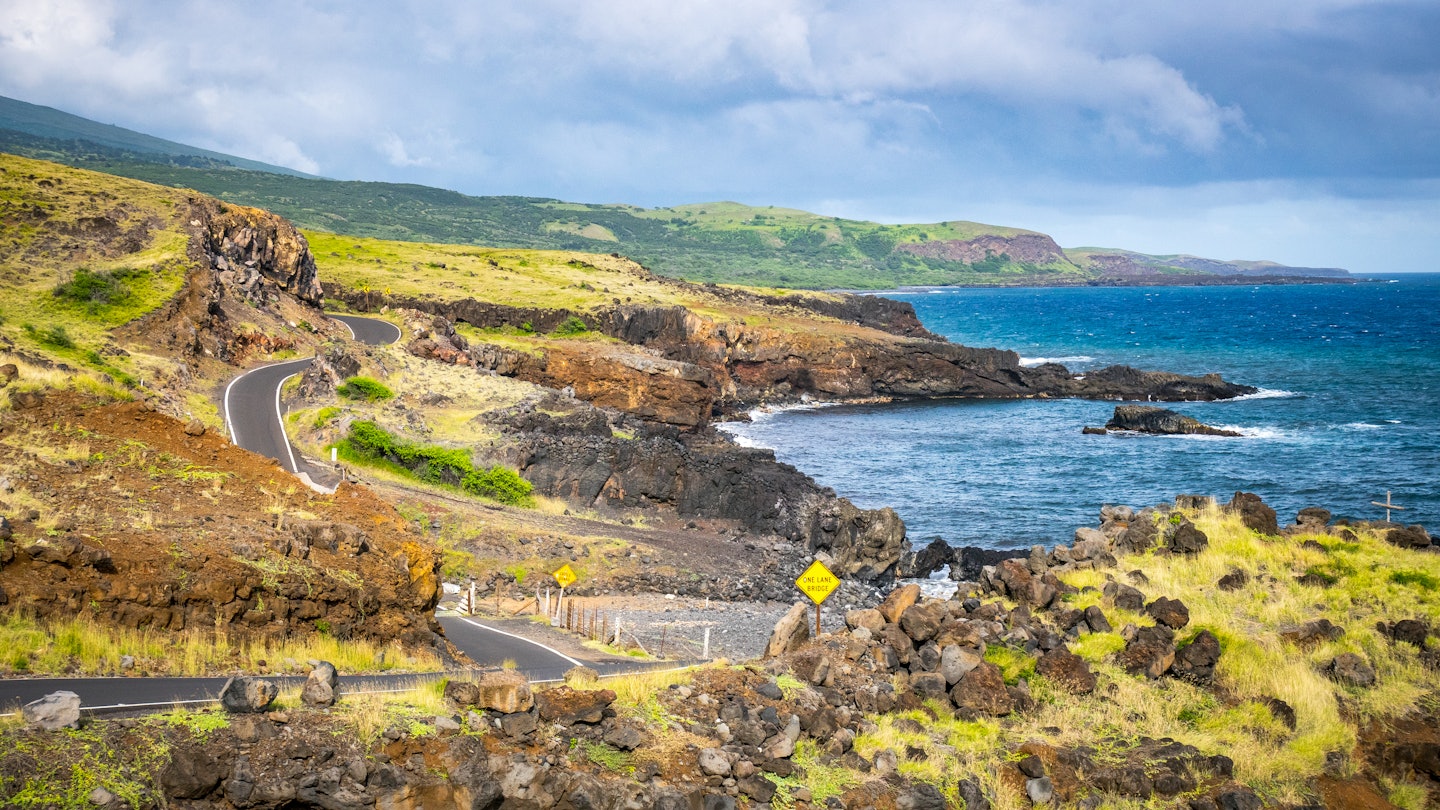
The Road to Hana on the island of Maui. William Powell/Shutterstock
Hawaiʻi’s beauty, blissful weather, majestic mountains and inviting beaches are all what make the islands a popular tourist destination. But, when five years ago the global pandemic halted tourism, residents saw the islands’ beauty in a new light.
Kapulani Antonio, a Hawaiian studies educator, was awed by her experiences.
“[During the pandemic], the roads were not clogged with tourist cars,” she says. “Then you'd go to the beach, and it wasn't crowded at all – and there was no film on the water from all the sun tan lotion. It just seemed cleaner. It reminded me of when I was a kid. It was as if you could hear the elements speaking to you again.”
But that only lasted for a few months and, of course, tourism rebounded strongly. In fact, it did so in ways that many Native Hawaiians felt mirrored the colonial past of the islands. Given that insight, many natives to Hawai'i are working to raise awareness among travelers and design a more authentic and sustainable future for the tourism industry.
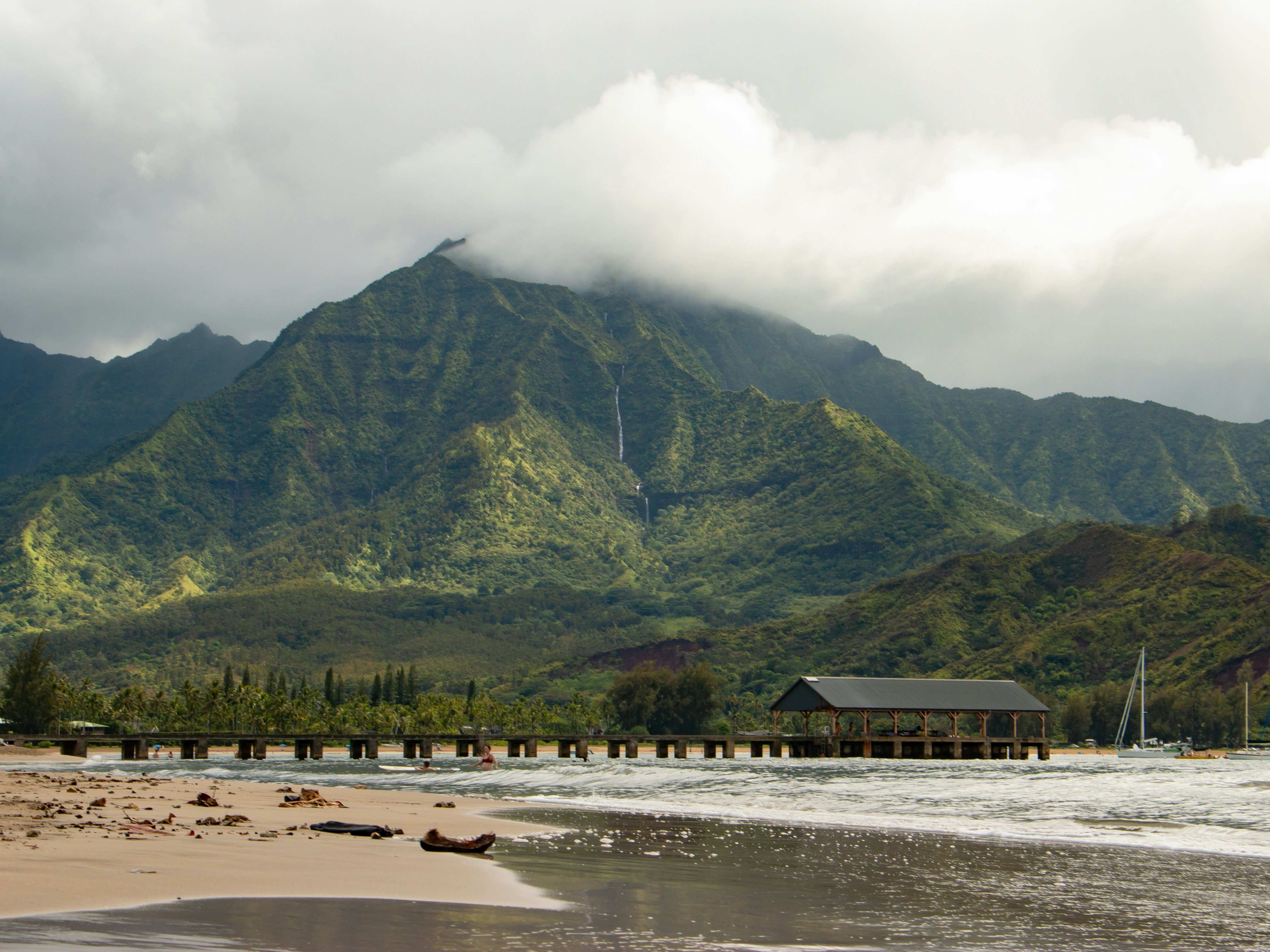
How Hawai’i grew into a vacation destination
For Native Hawaiians, the behavior of tourists and the way the state handled the pandemic felt eerily familiar.
Antonio says it all started with the United States’ overthrow of the Hawaiian Kingdom in 1893, which led to the subsequent annexation of the nation in 1898. Hawaiians fought to maintain political control over their rightful lands; however, the United States couldn’t ignore Hawaiʻi’s strategic military location and fertile lands.
“The way Hawaiians see it is that we are still occupied – that we never gave up our inherent sovereignty and we’re a nation occupied by the United States,” Antonio says.
Hawaiʻi later became a territory in 1900, and then a state on August 21, 1959.
Native Hawaiians raise awareness through social media
Native Hawaiians pushed back on social media with posts about social justice and historical information – drawing attention to ways they saw tourism exploiting and profiting off Indigenous culture, as well as how the crescendo of visitors was hurting Hawaiʻi.
One of the groups that have been particularly active in reminding people about Hawaiʻi’s colonial past is ʻĀina Momona, a non-profit that focuses on land restoration, reclaiming and de-occupying Hawaiian lands and sustainable futures for Hawai’i. The organization has been notable for its Native Hawaiian social justice Instagram page.
According to Julie Au, Education, Research and Outreach director of ʻĀina Momona, when Hawaiian statehood came up for a vote in 1959, Native Hawaiians weren't the ones voting.
Records from the Library of Congress show that in 1893 Indigenous Hawaiians made up 97% of the islands’ population, but by 1923, their numbers dwindled to 16%.
“All of that is linked to tourism because at that time when we became a state, they really started marketing Hawai’i as this paradise vacation destination,” Au says. “So we’re not even a normal state. We’re America’s vacation state.
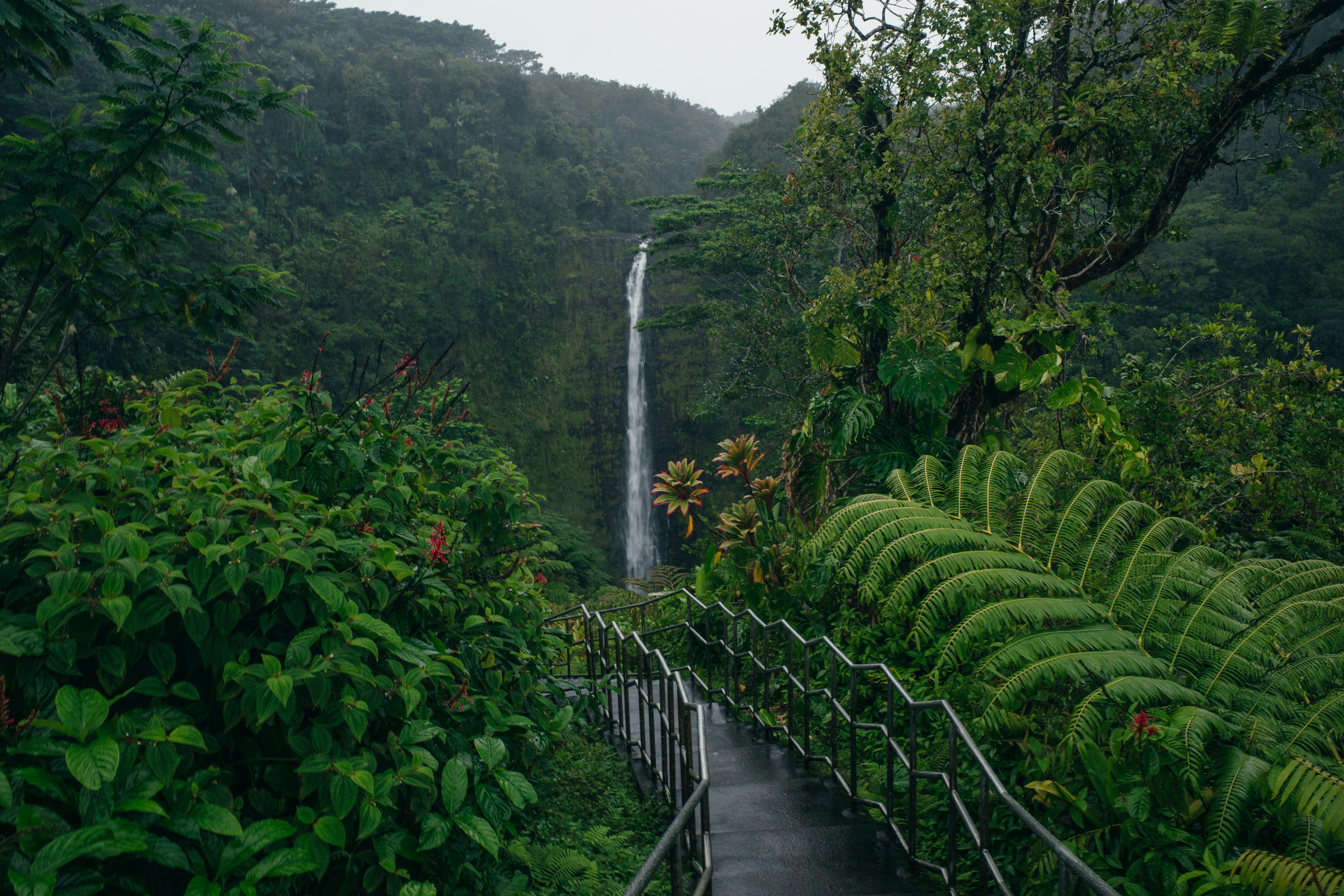
Native Hawaiians want you to arrive educated
Native Hawaiians and locals acknowledge that tourism is inevitable because people will always be drawn to the islands, which is why they have been speaking up about the importance of education and uplifting the lāhui (the Hawaiian nation).
Au says ʻĀina Momona requests that visitors come educated.
“Tourists need to know they are stepping into a place with a long history,” Antonio says. “They need to take kuleana (responsibility) when they come."
Antonio urges visitors not to treat Hawaiʻi as their playground, and see if they can contribute to this place instead of just taking.
"If, after they read up, [and] they decide that Hawaiʻi is not their place, it’s okay. If you come, just be a good steward of the land, have a nice time and then go home. We do have aloha, but you have to act properly," she says.
Native Hawaiians continue to see their percentage of the population – and thus their political voice – drop. Only about 10% of Hawaiʻi’s population is Native Hawaiian, making them a minority in their own home.
Also, with tourism comes development, which has led to the desecration of sacred sites – for example, in 1987, a collection of around 1200 ʻiwi kūpuna (ancestral bones) were exhumed in Honokahua during the excavation for a Ritz-Carlton resort. After an outpouring of Native Hawaiian activism, the resort was pushed further inland. The resort continues to work with those communities to this day.
But to Native Hawaiians, it is still upsetting that the sacred site was disrupted in the first place.
“It all goes back to the beginning when our political control was taken from us. Now we can’t even make decisions that are good for island people,” Antonio says. “[We] have no say in what happens to [our] ʻāina (land).”
Au urges visitors to really consider the ramifications of their vacation.
“People hop on a plane, come here and visit all these sites, drink all of our limited water, and fuel into this capitalist economy that’s building condos for them instead of housing for us and building resorts for them instead of agricultural land for us – and [they’re not seeing] the implications of that,” she says.
What to consider for your visit
If visitors decide it’s their dream to visit Hawaiʻi, Au says it is important to follow protocols. She points to a slogan on a sign in Molokaʻi: visit, spend, go home. She also advises that tourists regulate themselves and tread lightly.
“There’s lots of fun things to do here, but if we’re putting out things that say ‘don’t do this, don’t do that or don’t go here,’ we’d like people to respect that,” she says.
Along with obeying rules on the island and respecting locals’ concerns, make sure you practice the principles of Leave No Trace. Don’t take any rocks, sand or other pieces of nature from the islands.
Make sure to adequately plan and prepare for activities like hiking, and behave responsibly to avoid needing rescue crews to come get you. Also, avoid high-foot-traffic areas to prevent erosion and deterioration of trails.
Practice being a good steward of the land by preserving as much of the natural environment as you can. Wear reef-safe sunscreen, respect cultural sites and keep your distance from marine life.
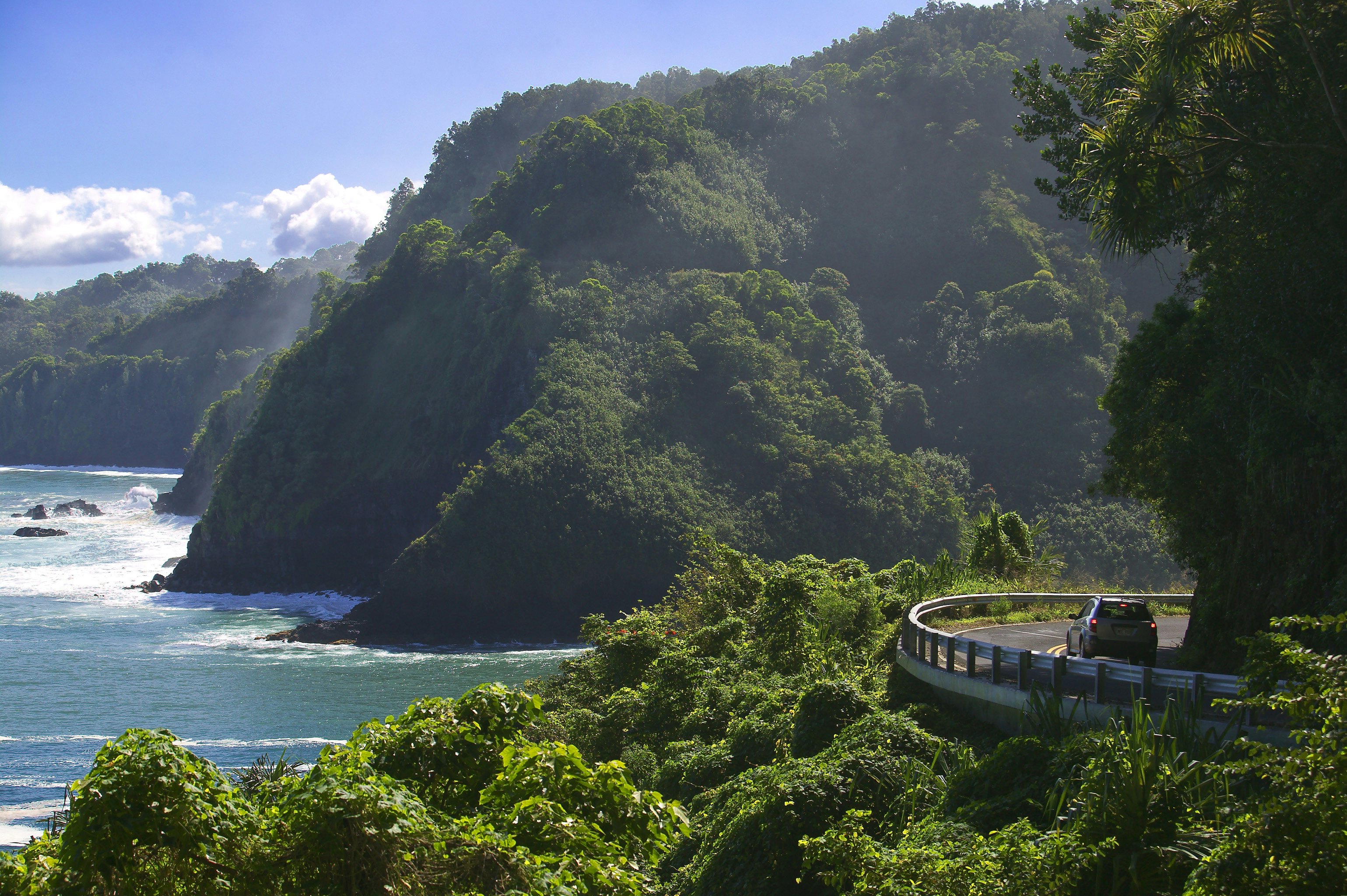
Many scenic roads frequented by tourists are also used by locals. The Road to Hana is a narrow, winding 64.4-mile-long (103km) stretch on Maui. Residents have voiced concerns about visitors blocking roads or slowing down to sightsee. Consider taking a tour to limit the amount of vehicle traffic on the road. If you decide to drive the scenic routes, be sure to only pull over where appropriate, and pull over completely. Also, if you notice a local vehicle behind you, pull over and let them pass.
Consider giving back, too. Alexa Bader, ʻĀina Momona Communications Director who also runs their Instagram page, recommends that if visitors really care about Hawaiʻi and want to help make a difference, they should donate to Native Hawaiian non-profits.
“Try to research Native groups that are trying to help our islands survive,” she says. “Help all these grassroots.”
Antonio adds that it’s reasonable that Native Hawaiians are upset over the effects of tourism because they have a lot of cultural and historical trauma.
“People have that sense that the haole (foreigner) is bad and that the haole is coming to take from me again,” she says. “It’s up to haole to show us that they’re not here to hurt us. That they’re here to actually learn about our culture. To appreciate and to help. Be an ally to Hawaiians and Hawaiʻi.”
In Native Hawaiian culture, land has great significance, so to see their homeland devastated by development, tourism or the government, Antonio says it’s ʻeha (it hurts).
“Because we see the ʻāina as family, we’re gonna fight to protect it like we would fight to protect our own kūpuna (grandparents),” she says. “What is driving us is this sense that this is our homeland and we have become strangers in our own homeland. And we don’t like it.”
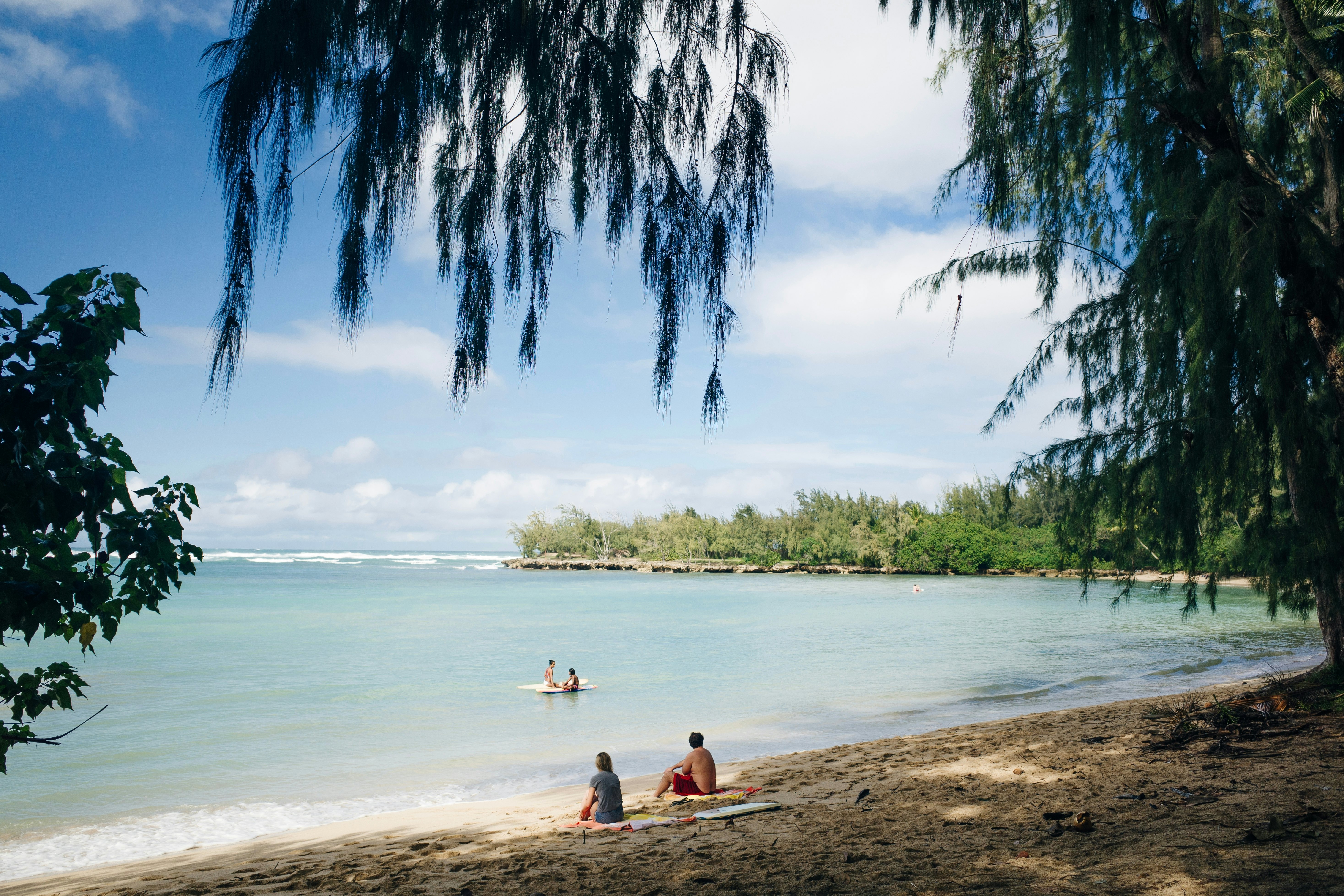
Partnering for a sustainable path forward for Hawaiʻi
Small signs of progress have been evident as a result of Native Hawaiian activism, and efforts to bridge the gap between Native Hawaiians and the tourism industry are being made.
In 2022, the Hawaii Tourism Authority – the group responsible for managing Hawaiʻi’s tourism industry – announced that they selected the Council for Native Hawaiian Advancement for a contract to take over brand management and support services in the US market.
The council is another Native Hawaiian non-profit group that aims to enhance the cultural, economic, political and community development of Native Hawaiians.
According to Oralani Koa, Manager of Hawaiian Programming at The Westin Maui, there are more Native Hawaiian cultural advisers in tourism and hospitality than there ever were more than 10 years ago.
“We are able to be the voice between our community and the resort,” she says. “That means we’re making progress, and progress is a good thing. It might not be as fast as we want it to be, but at least we’re seeing some kind of movement. Yes, there’s still lots of work to be done, but every little bit counts.”
As a cultural adviser, Koa helps facilitate authentic Native Hawaiian cultural experiences for guests through activities such as weaving, education on plants and their uses and learning oral history through moʻolelo (storytelling) and mele (songs). She also ensures that the resort accurately represents Hawaiian culture.
“It’s such an exciting time because what that means for us is that in this hospitality industry they see the value of culture,” Koa says.
According to Koa, resorts can’t put a number on cultural adviser positions and don’t fully know if the positions will bring in more money or a return on their investment. However, the fact that more resorts are opting for this position shows that cultural advisers are becoming more of a necessity.
“I love that because it opens more seats for our people to be at this place that we always should have been at,” she says.






